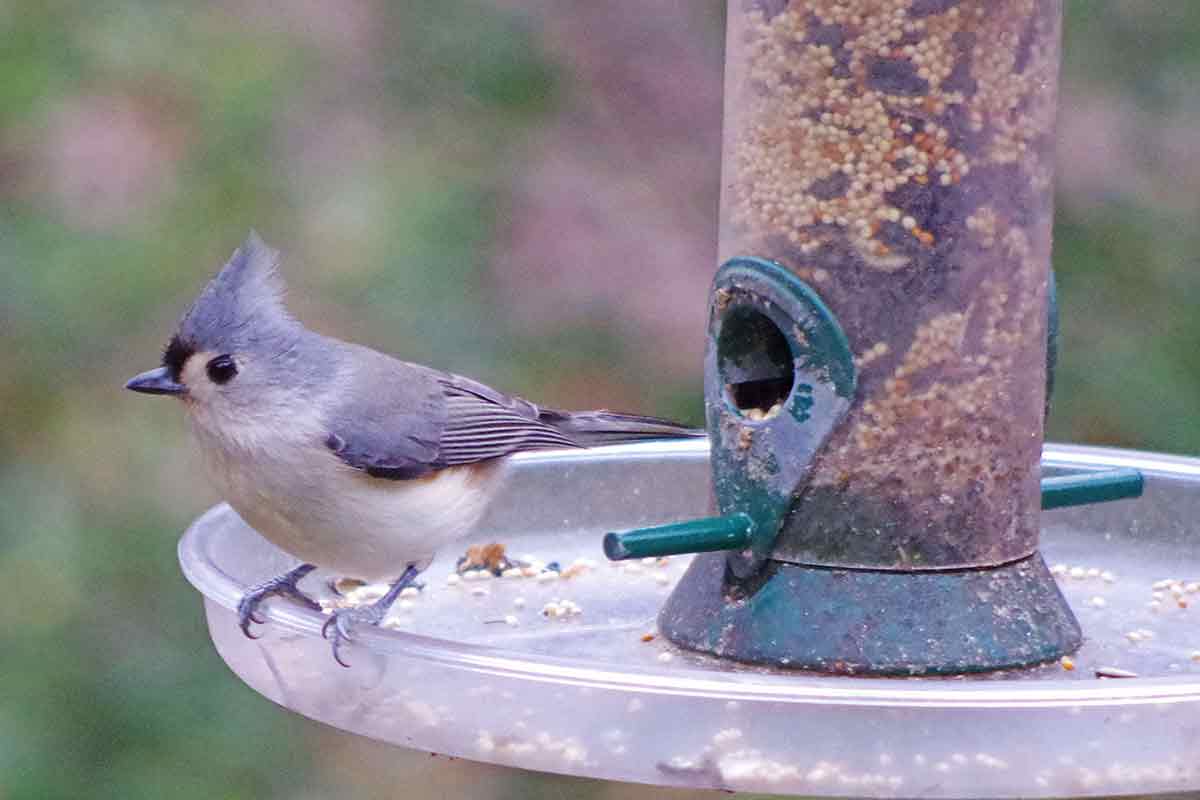
Bird feeding is extremely popular and can be fun if done correctly.
Bob Frye/Everybody Adventures
Wild birds don’t need our help to survive, not even at this time of year.
But they are beautiful, colorful and a joy to watch.
That’s why bird feeding is such a popular pastime for so many Americans.
The U.S. Fish and Wildlife Service does a survey every five years looking at how many people hunt, fish and “watch wildlife.”
The numbers are staggering. And they’re growing.
Eighty-six million people participated in wildlife watching in 2016, the year of the most recent survey. That was 20 percent more than in 2011.
Expenditures were up, too. People spent $75.9 billion to watch wildlife in 2016, compared to $59.1 billion five years earlier.
Most of that growth in participation and spending relates to “around the home” wildlife watching. Birds are a big part of that.
But attracting them is not as simple as throwing out some weed and waiting for the magic to happen.
Not if you want to help the birds anyway. There are some dos and don’ts to consider.
Filling feeders
Many stores sell bird feeders and a variety of seed mixes that will appeal to different types of birds.
A good all-purpose food is black oil sunflower seeds. They’ll attract many native species.
Don’t think just seeds, though. Raisins are preferred by Carolina wrens and thrushes; while peanuts draw blue jays, cardinals and nuthatches. Even peanut-butter smeared in tree crevices draws birds.
Whatever you choose, the best bet for attracting lots of birds of various kinds is to go with a three-pronged approach. Offer birds cylindrical feeders filled with black-oil sunflower seeds and/or thistle seeds; put out suet feeders; and sprinkle foods like corn, millet and black-oil sunflower seeds on the ground.
So long as there’s some nearby cover for birds to use for perching and seed-cracking, all manner of birds will show up.
Keep them clean
Do be sure to clean your feeders regularly. It’s best to tackle them once a month to prevent a buildup of harmful pathogens. Bacteria, viruses, fungi, and parasites can be spread through dirty feeders and make birds ill. Particularly vulnerable species are common redpolls, pine siskins, sparrows, finches, and cardinals.
To clean feeders, use a solution of one-part bleach to nine parts hot water. Hot water with unscented dish detergent also does an excellent job. Bottle brushes work well in tube feeders.
Just be sure to thoroughly rinse and dry all feeders before refilling them.
At the same time, to reduce the growth of bacteria between cleanings, spread feeders out, both vertically and horizontally. Offering seeds in different areas and at multiple heights reduces crowding and promotes bird health.
Think location
When it comes to where to place feeders, keep a couple of things in mind.
Birds don’t see glass. So feeders are best placed away from larger windows that birds can crash into, for example.
That can be fatal.
According to various statistics, millions of birds die annually from window strikes as they leave or flee feeders when startled. They fly unsuspectingly into the reflection of escape cover or open skies on windows, and when they do, they often hit with such force that they cannot survive the impact.
Feeders should also be placed near cover — to shield songbirds from avian predators like Cooper’s hawks – but away from places where cats can hide. Feral cats and even house cats left outside will kill birds as often as they can catch them.
Keep it up and be prepared
Birds, even in winter, won’t become totally dependent on any particular feeder.
That said, if you start bird feeding in winter, it’s best not to stop before spring. Suddenly pulling the plug on a food source the birds have learned to use forces them to look for other options – and burn important calories – at a time when the living is toughest.
Just remember, any time you’re putting out food, you’re inviting other animals to visit. The list can include everything from black bears and raccoons to mice and squirrels. Think ahead about the potential need to remove them, should they become a nuisance or even take up residence in a home or garage.








